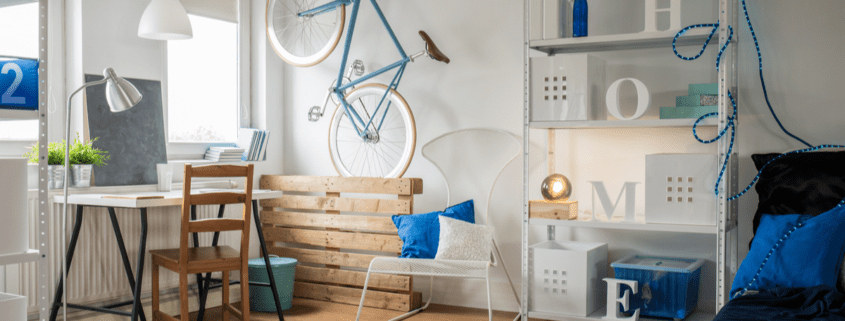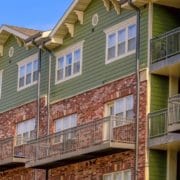Is Personalization the Key to Multifamily Tenant Retention?
The amenities hike and shorter lease terms are indicators of changing market dynamics in multifamily rentals that are likely to threaten traditional occupancy rates. Tenant experience is increasingly tied to retention, with tenants 4x more likely to relocate due to problems with the service they receive. Although keeping tenants satisfied seems like an increasingly daunting task, there’s an opportunity here – 80% of potential tenants are willing to pay more if it means they receive a better experience. So, what kind of experiences are driving tenant satisfaction?
While amenities are an obvious part of overall tenant experience, personalization is increasingly playing an important role in tenant retention and occupancy rates and can be considered an amenity in itself. Read ahead to discover why personalization matters and how to leverage this trend in the commercial real estate space.
Benefits of Personalization
Personalization refers to the act of making something one’s own or expressing identity through material objects and spaces. In relation to CRE, personalization is most closely related to the customization of space.
Although it may not be on every property manager’s radar, the ability to personalize a space to suit aesthetic preferences is important to renters. In fact, research indicates that tenants who are allowed to customize their living spaces are more likely to renew their leases, even in the case of a price hike. Millennials in particular – one of the largest cohorts of renters — take into consideration whether or not and the extent to which they can customize a space. Having these options will be increasingly critical to attracting this generational cohort.
The changing concept of home within the Millennial generation isn’t the only factor driving the desire for personalization. According to the psychology of “place attachment”, feeling connected to one’s living environment can have positive implications for overall well-being. The ability to customize a space according to individual taste helps to strengthen this connection, and can drive increases in tenant satisfaction, retention, and profit.
Leveraging Personalization
Attracting tenants who want to put down roots is important to securing longer term leases and maintaining high occupancy rates. While your tenants do want to customize their spaces, they likely won’t put in the same amount of work that they would on a property they own. So, what’s the right balance of personalization? A win-win involves tenants feeling a space is their own while minimizing the cost and time involved in restoring units to a neutral appearance when the tenant does decide to vacate. There are several ways to attract tenants who value customized spaces and want to build a home at your property without sacrificing too much control.
Paint color
Studies show that 50% of tenants want to paint when they move to a new property. This kind of change can make a rental feel like a more permanent home and appeals to the individual who is paying the rent. Color can impact mood, so a fresh coat of paint has the power to change the tenant’s outlook on a space entirely. Because painting is fairly inexpensive and not time-consuming, most tenants value the option and it does not cause expensive or irreversible damage to the unit as a whole.
Fixtures
Simple upgrades to fixtures can make a huge impact to tenants. Fixtures that tenants can upgrade without help include showerheads, switch-plates, faucets, and vent covers. Fixtures are a small expense for tenants that create a sense of luxury and can transform a space. Further, they are easy to replace with minimal time and labor. Tenants can even be allowed to replace hardware and receive reimbursement under certain conditions, known as a tenant improvement allowance.
Flexible Design
The easiest way to optimize for tenant personalization is to create spaces that offer a blank canvas and flexibility with regards to design and layout. Open concept floorplans that incorporate multi-use space give more control to renters over how to arrange their belongings and use the space as a whole. Simply put, leave their options open. Think about the ways your tenants may want to place furniture in a room or what dual purposes they may use a space for. Then, make sure that the space is able to accommodate this flexibility. For example, an open concept living area lets tenants choose where to dine, sit, and entertain.
It’s wise to weigh the risks and possible benefits before implementing new rules and allowances. While the majority of these measures can be carried out by tenants at no cost to the property owner, assessing what types of tenants you are looking to attract based on your property type is a good first step. Personalization may help you attract renters who are looking for longer lease terms and to maintain high occupancy in the day and age of shorter-term rental trends.
For more information on tenant experience, check out our blog post: Using Tenant Experience to Boost Occupancy











